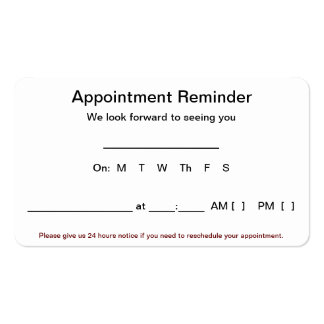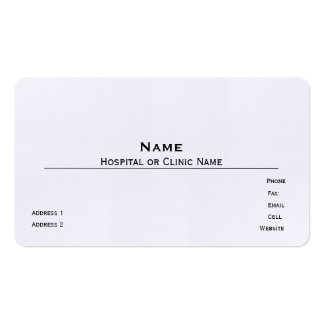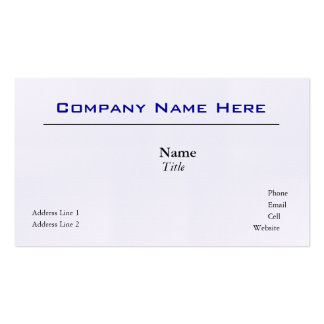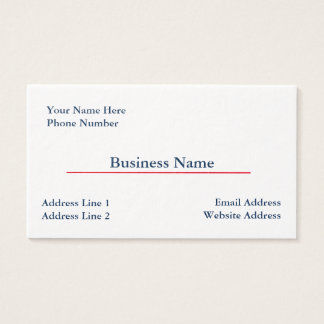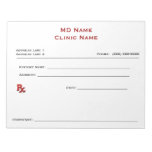Internet marketers are always searching for the latest, greatest technique to boost numbers. While it’s important, especially in digital marketing, to always keep one eye on what lies ahead, it’s also equally (if not more) important to remain focused on what has and currently is working for you.
When it comes to link building, lots of things have changed over the years. As search engines have cracked down on spammy and automated techniques, it’s important now more than ever to be using trusted and true strategies that actually work. While there are lots of new creative link building techniques, there are also the powerful strategies that have been around for sometime and are continuing to produce great results.
So, what are the five most trusted link building techniques that you can count on in 2015 (and beyond)? Check them out here.
Guest Posting
The most tried and true of all techniques lives on!
Yes, it’s 2015, and yes, guest posting is still one of the most tried and true link building techniques. Don’t let people tell you guest posting is dead, because it’s not. While it’s quite clear and obvious that guest posting has significantly changed from what it used to be, it’s by no means dead, and in fact it’s alive and well.
In terms of how guest posting has changed, it’s in fact become a much more legit form of link building than it used to be. While what once might’ve been easily automated and done in large scale numbers is now pretty much unattainable unless completed on a more personal level. Conducting real outreach to quality blogs, with real accomplished writers and journalists, is how you’re going to get links in today’s digital marketing climate.
Guest posting in 2015 is less about the link you’re getting, and more about the quality blog post you’re posting. The link is an added benefit!
How-To Guides
Become an information powerhouse, and get links while you’re at it!
Creating informative, niche how-to guides and hosting them on your website or blog is another great step to take in order to start gaining valuable links. It might take a significant amount of time or a lot of effort to create a guide valuable enough to really help you get good links, but the time and effort you put in will come back to you tenfold.
Using videos, images, quotes, and more in your how-to guides is imperative if you want to see them turn into link building powerhouses. Once you’ve built up a solid guide (or, for best results, multiple guides) it’s time to start promoting them. Conduct blogger and influencer outreach to a variety of different outlets, and share the guide with them. Share it constantly on social media, and be sure to target niche specific people and blogs.
Building how-to guides is a link building strategy that, with enough effort put in now, will pay off for many years to come.
Expert Interviews
Be the source of expert information, and the links will follow.
Conducting interviews with experts in the niche you’re link building continues to be one of the greatest ways to gain a high number of valuable links. While it’s a strategy that requires a lot of waiting, and a lot of time to put together and finally get live, it’s something that is almost a sure-fire bet to get a number of great links while at the same time networking with some of the more known names in the industry.
Craft a personal email with a number of questions for the expert that you’d like to interview. If you want this piece to just focus on one expert, that’s fine, but ideally you’ll craft a blog post or content page with quotes and analysis from a handful of experts, as this will likely get you the most links. Once you’ve collected the answers and quotes, and have packaged the content together, reach back out to the expert with what you’ve come up with. If you put a lot of work into it, it will show, and you’ll likely get some social shares and a link back to your work.
Consider reaching out to many more experts than you want or think you’ll need, because chances are many will flat or ignore your emails for whatever reason.
Event Sponsorships
Look to find sponsorship opportunities in your niche, and you’ll get relevant links.
Sponsoring events is another excellent link building strategy that companies across many niches are utilizing in 2015. Depending on the size of the event and level of sponsorship, the potential of gaining a huge number of quality links is substantial. Events such as conferences typically list every single sponsor, and as other blogs start writing about the event there’s a chance you’ll get some links back that way too.
While sponsoring events is a great way to get links, it’s important to keep in mind that there is a chance these links will eventually get removed. Use various search queries to find good events that you can sponsor.
Scholarships
One of the more up and coming link building techniques that more and more companies are starting to utilize is offering scholarships. Offering scholarships sort of follows the same idea as sponsoring an event, but scholarships will likely result in more links from more higher quality sites (and possibly for a cheaper price, too).
There are a myriad of locations out on the web that compile lists of scholarships available to high school or college students, as a helpful resource. Sponsoring a scholarship by offering, say, $1,000 to the winner will help your company appear on these lists. You build a page on your website with all the information needed to apply for the scholarship, and promote that page out to the scholarship aggregators.
While the initial startup cost of offering a scholarship might be high, chances are you’ll see a nice return on investment due to the number of high quality EDU links you’ll be getting.
What works for you?
All in all, these five strategies have worked for businesses small and large, for many years. Unless something dramatically changes, they’ll continue working in the future, too. But, just like with any online marketing strategy, it really boils down to what works best for you and your business, as it might vary dramatically from another business!


